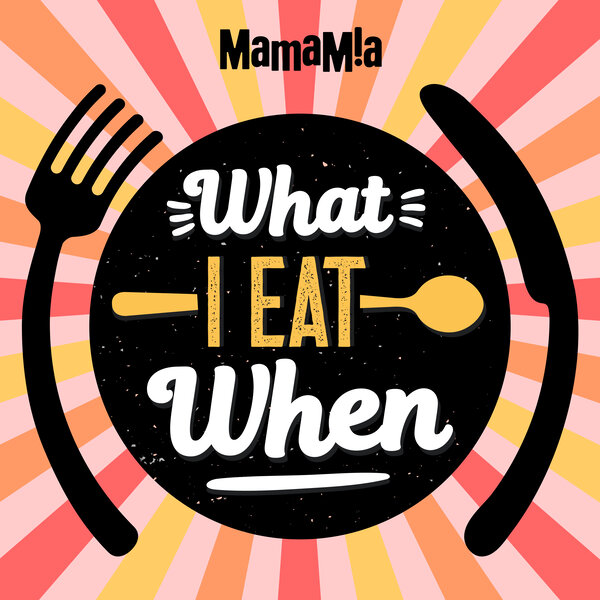Image via iStock.
By: Rebecca Charlotte Reynolds, UNSW Australia
There are rows upon rows of packaged snack foods in supermarkets, including snack bars made from muesli, cereal, nuts, seeds and fruit. Many of the labels on the packages shout out words such as “natural”, “protein”, “oaty”, “super-food”, “wholegrain”, “light”, “gluten-free” and “97 per cent fat-free!”.
But these words can mask unhealthy products. Many processed snack bars are high in added sugar, refined starch and fat.
Knowing what is in snack bars is of particular importance to parents given nearly one in five two- to 18-year-olds consume these muesli or cereal-style bars, and one in four Australian children are overweight or obese.
So, how do you navigate the confusing snack bar terrain? Here are five tips.
1. Check the ingredients on the packets.
Choose more products that have the following ingredients in higher quantities. Some, such as nuts and oats, should be listed as the first ingredients on the back of the packet:
- Grains such as oats, barley and quinoa. Even if a product boasts it is “whole grain”, this doesn’t necessarily mean it’s the best choice. Whole grain usually means higher in fibre, which is good, but can also mean high glycemic index (GI) if the grain has been overly processed
- Nuts and seeds, which provide beneficial nutrients including protein, good fats, fibre, micronutrients and phytochemicals (nutrients naturally occurring in plants.)
- Dried fruit, which provides beneficial nutrients including carbohydrate, fibre, micronutrients and phytochemicals. Just remember dried fruit sticks to teeth and can contribute to tooth decay, and some dried fruit can have added sugar, such as cranberries. Whole fruit is always better
- Ingredients like “dietary fibre” (such as inulin or psyllium husk), milk powder or solids and whey/milk protein.
WATCH: Some helpful tips for staying healthy at work. (Post continues after video.)
Choose products that contain some:





























































































